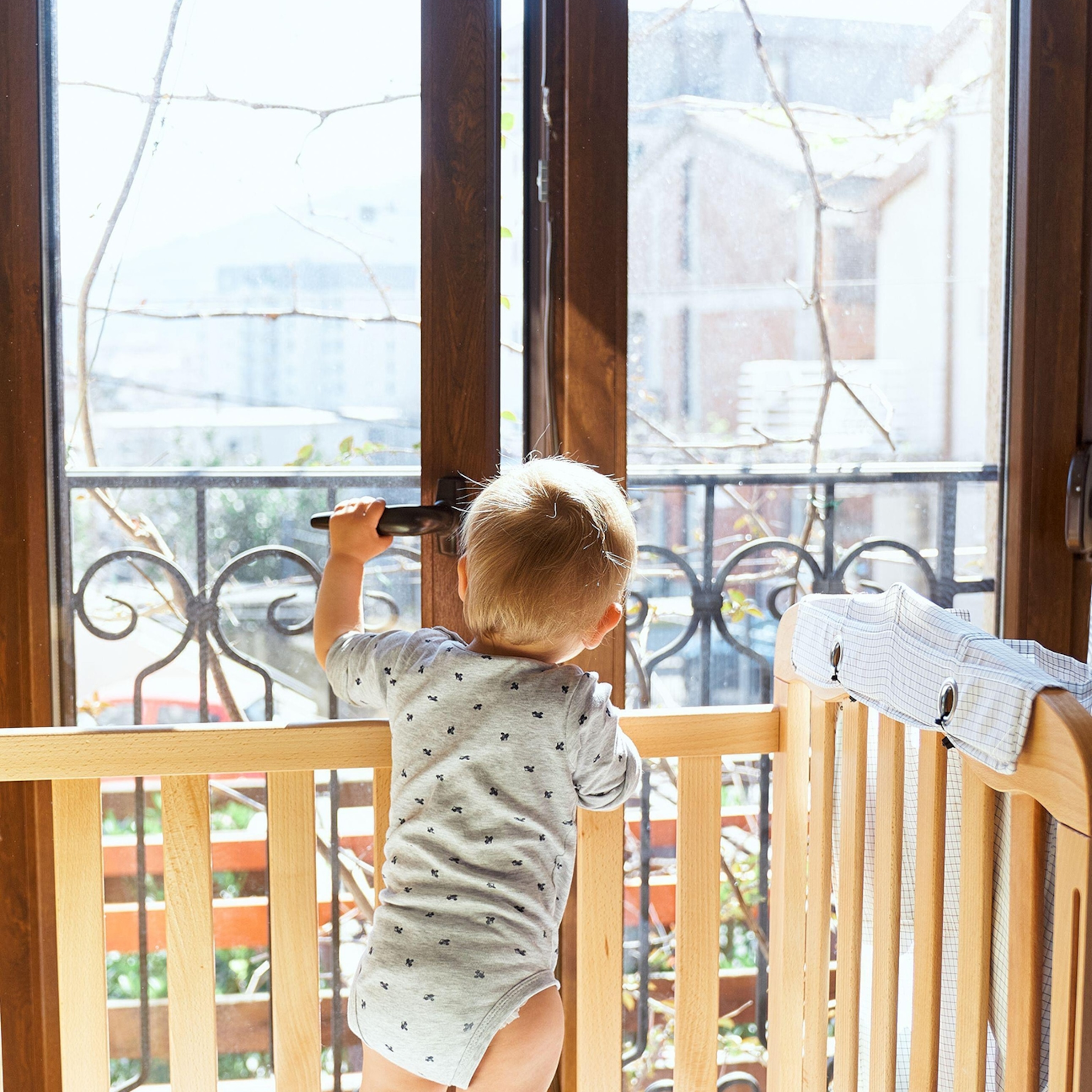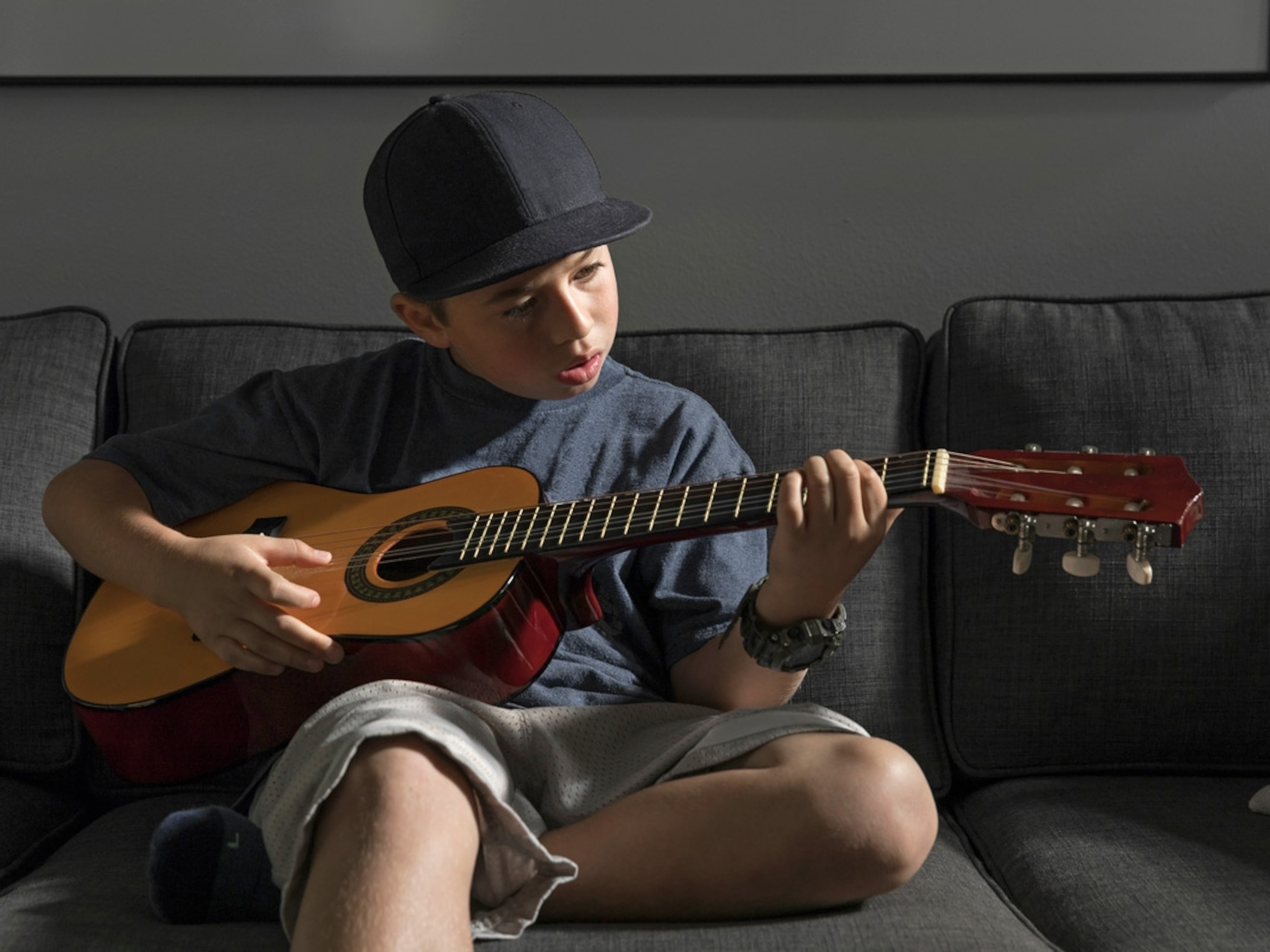This is how autism looks different in girls and women
Diagnoses have climbed by 175 percent in just the last decade—with the greatest increases in girls and women. Here’s how our understanding of autism is changing.

When Serenity Kiser was 48, she was diagnosed as autistic. Her diagnosis was both a surprise, and an answer to questions she’d had all her life. As a child, Kiser was constantly told that she was “too much,” that her laughter was too loud, that her movements were off, that she said the wrong things at the wrong time. At the age of 11, she was institutionalized twice, for reasons that she couldn’t quite understand.
After being diagnosed as autistic, Kiser went back and looked at the paperwork from being institutionalized, at which point she realized the traits that had caused her to be institutionalized were “almost textbook autism,” Kiser says. The doctors noted that she refused to make eye contact, that she spoke in a monotone voice, that she questioned their authority.
Autism diagnoses are on the rise—soaring by as much as 175 percent just in the last decade. According to a study published in October 2024, the greatest increases were among 24-to-36-year-olds as well as in women and girls.
(Screening for autism is tricky. This new tool could help.)
Experts attribute this explosive growth in part to a growing awareness of autism as well as a clinical definition that has been broadened to include conditions such as Asperger’s Syndrome.
But we’re also getting better at understanding how autism can look very different from what we once believed it to be.
“The stereotype that exists out there is still that autism is a childhood disability that traps people in their own world, that people are disconnected from society and community, that they are sad and suffering,” says Monique Botha, an autistic psychologist and researcher at Durham University, whose research focuses on the biases found in autism research. “The reality of autism couldn’t be further from that.”
How autism looks different for girls
Autism spectrum disorder, or ASD for short, is a neurological and developmental condition that is characterized by differences in communication, learning, and behavior.
People with ASD often have restricted interests and repetitive behaviors—such as an obsession with trains or memorizing sports statistics or having a very predictable daily routine. They also often have difficulties with communication such as echolalia, the repetition of words or phrases spoken by someone else, or selective mutism, the inability to speak during certain stressful situations.
Although researchers and clinicians are getting much better at recognizing the many ways that autism can present, there are still many who are being overlooked.
“We see on average that girls and women take longer to be diagnosed,” says Laura Hull, a researcher at the University of Bristol, whose research focuses on mental health and well-being in autistic teenagers and adults. “They tend to be older when they are diagnosed and they tend to go through more rounds of assessment.”
(For autistic youths entering adulthood, a new world of challenges awaits.)
As Hull notes, some of the reasons girls and women can be overlooked is that they may be better with basic social skills, such as having short conversations or making limited eye contact, only to struggle with more complex social situations, such as making and maintaining friendships. They can also develop special interests that aren’t stereotypically associated with autism, such as becoming obsessed with ponies or fashion, rather than trains and computers.
Although the ratio of autistic boys to girls has historically been 4:1, there are a number of studies that suggest that there may be more autistic women and girls than we realize, a fact that many attribute to the fact that autism has historically been studied in boys.
In Kiser’s case, as a child, she found herself gravitating toward the autistic boy in her classroom, whose gestures, such as flapping his hands or hopping up-and-down, were very similar to her own, only to be told by her teachers that she wasn’t allowed to act in a similar way, as he was autistic, and she wasn’t.
“My entire childhood, only boys were diagnosed,” Kiser says. “I was a very big flapper, I hopped and flapped constantly, and that was smacked out of me very quickly.”
A changing understanding of how autism is experienced
Although autism is classified as a social communication disorder, research is starting to further show that these difficulties are more about differences in communication style, rather than an inability to communicate.
“The stereotype is that autistic people lack empathy and theory of mind,” which is the ability to understand what other people might be thinking, says Joel Schwartz, a psychologist with Total Spectrum Counseling, which specializes in working with neurodiverse patients.
However, in 2012, the British sociologist Damian Milton proposed the double empathy problem, which states that communication difficulties are a result of different experiences—and that people who experience the world in the same way are more likely to successfully interact.
Indeed, “if you brought autistic people together and had them work on something …what ends up happening is they actually collaborate pretty darn well and they understand each other pretty darn well and they empathize with each other pretty darn well,” Schwartz says.
This new understanding has helped expand our idea of what autism can look like in diagnosing it, while also providing better insight into what types of support can help.
(How parks and public lands are becoming more autism-friendly.)
This difference in communication styles is thought to derive from the sensory differences that are a core feature of autism. The way we all experience the world hinges on the way the brain processes and interprets stimuli such as noise or pain. Among autistic people, that might translate to having an unusually high pain tolerance or being unusually sensitive to sound or light.
Autistic people can quickly become overwhelmed by too much input, causing them to shut down or struggle with regulating their emotions. This can lead to stereotypically autistic behaviors, such as rocking, twirling, head-banging or flapping hands. But instead of redirecting autistic people from those repetitive behaviors—collectively known as stimming—research is showing they help with emotional regulation.
“There’s so much [information] coming in to process,” says Karissa Burnett, an autistic psychologist and the founder of Divergent Pathways, which specializes in working with neurodiverse patients. “It does take a little longer and it can be overwhelming, especially if we’re not taught how to regulate emotions.”
But the flip side of these sensory differences is that they offer autistic people a different perspective on the world. Since people can only process so much sensory input at once, the effect is that autistic people are often processing smaller slices of the world—but at a much higher resolution.
“That depth of experience is what can also lead to an intense ability to connect with things around them, to have extreme joy, to be able to see things with a depth of clarity,” Schwartz says.
For Schwartz, whose wife is autistic, “by learning to see the world through her eyes, just a little bit, it has made my depth of experience better. I have found more joy in things that I otherwise would have glossed over, just being able to experience it through her, and the way that she takes things in, and that’s really beautiful,” Schwartz says.








